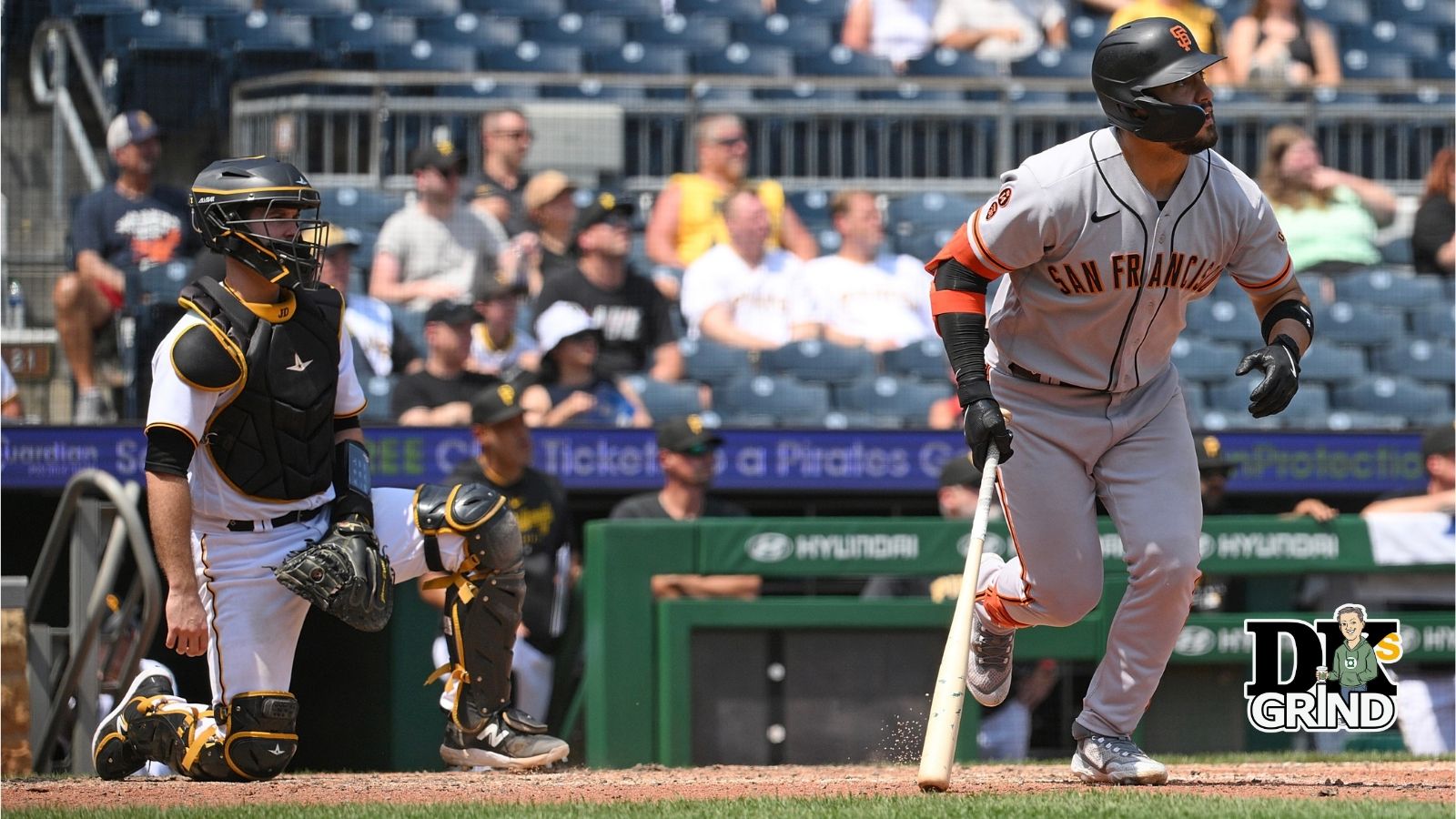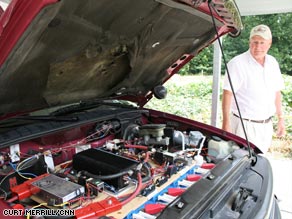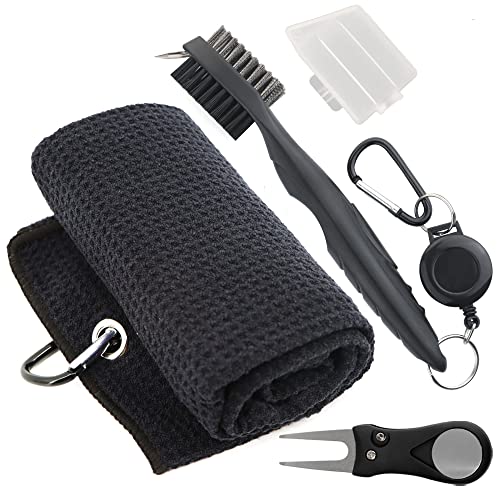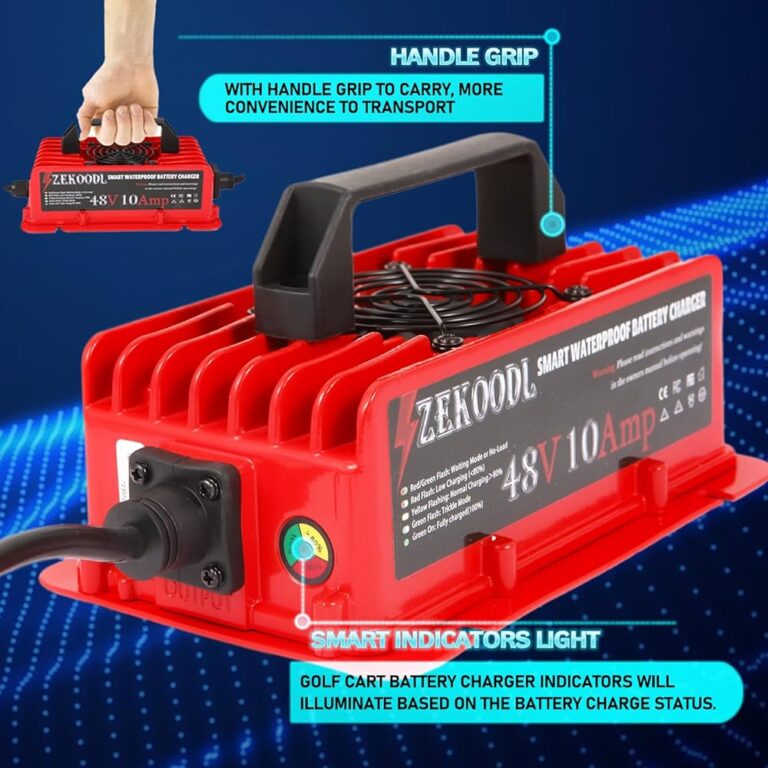The M Grind is designed for players who like to rotate the club face open and shut, suitable for a shallower angle of attack with medium to soft course conditions. The S Grind features a full sole with trailing edge relief, beneficial for a more neutral angle of attack and firmer playing conditions.
Golf wedges come in various grinds to optimize performance for specific swing styles and course conditions. Understanding the difference between M Grind and S Grind can significantly influence a golfer’s short game. The right grind enables players to execute shots more efficiently, manage various lies, and adapt to individual playing techniques.
Tailored to provide versatility around the greens, the M Grind allows creativity in shot-making, especially for those with a finesse approach. Conversely, the S Grind offers reliability and a straightforward approach, favoring players with a consistent swing plane. Selecting the appropriate grind for your wedges ensures that you can tackle the challenges of any course with confidence and precision. Thus, a fundamental acquaintance with grind options like the M Grind and S Grind is invaluable for refining a golfer’s arsenal.
M Grind Vs S Grind: Unveiling The Best For Your Game
Wedge grinds play a pivotal role in the golf short game, influencing both shot versatility and turf interaction. The M Grind is characterized by its crescent shape, which allows for heel and toe relief. This design is advantageous for players with a sliding or sweeping swing, offering the flexibility to execute a wider array of shots with ease. On the other hand, the S Grind features a full sole with straighter trailing edge, best suiting golfers who employ a firmer attack with minimal wrist action.
Selection between M Grind and S Grind ultimately hinges on a golfer’s swing type and course conditions. Golfers must assess the common scenarios they face, such as sand type, turf firmness, and the variety of shots they play. The right grind improves contact quality and consistency, essential for optimal performance in short game situations.
Anatomy Of Wedge Grinds
The anatomy of wedge grinds plays a pivotal role in a golfer’s short game. Golfers often choose between the M Grind and S Grind, each offering unique design features that affect performance. The M Grind, with its crescent-shaped sole and moderate heel relief, facilitates playability in various conditions. It allows for opening the face without increasing the bounce angle, providing versatility around the greens. In contrast, the S Grind features a straighter sole with minimal heel relief, promoting stability on full shots and delivering consistent turf interaction.
Golfers experience a direct impact on club performance based on the grind selected. The M Grind’s design is suited for players with a sliding or sweeping motion, who often find themselves in soft to medium playing conditions and require creative shot-making options. Meanwhile, the S Grind shines for those with a more neutral to steep angle of attack and in firmer playing conditions, ensuring a reliable, controlled approach to the short game.
Decoding The M Grind
The M Grind wedge is designed with a crescent-shaped sole and moderate heel relief, allowing players to open the club face for improved playability. Its unique grind helps in executing shots with variability in face angle.
Versatile players who enjoy a variety of shots around the green will appreciate the M Grind wedges. These wedges are particularly beneficial in firm turf conditions and for players with a shallow to moderate angle of attack.
| Pros | Cons |
|---|---|
| Enhanced shot versatility | May be challenging for beginners |
| Improved performance on tight lies | Less effective in soft conditions |
| Greater control over face angle | Requires a skillful technique to maximize benefits |

Credit: www.dkpittsburghsports.com
S Grind Essentials
The S Grind wedge is renowned for its versatility, making it an excellent choice for players with a moderate angle of attack. Crafted with a trailing edge and heel relief, this design allows for smooth turf interaction, reducing the likelihood of digging. Firm conditions on the course are ideal for the S Grind, providing golfers with the precision they yearn for in their short game.
Golfers with a penchant for open-faced shots or those who prefer a standard bounce will find the S Grind to be particularly suitable. This grind maintains a fuller sole while also allowing for playability in a variety of sand conditions. Its primary benefit lies in its adaptability across different lies and swing types, albeit with potential limitations in soft, muddy conditions where a higher bounce may be preferable.
| Advantages | Drawbacks |
|---|---|
| Versatility in various conditions | Potentially less effective in very soft conditions |
| Facilitates open-faced shots | Limited for shots requiring high bounce |
| Excellent for golfers with moderate attack angles | May not suit all player styles and preferences |
Practical Play Differences
Understanding the practical play differences between the M Grind and the S Grind is crucial for golfers aiming to refine their short game. Golfers often find that the M Grind, with its heel, toe, and trailing edge relief, offers enhanced ability for shot-making creativity around the greens. This makes it a go-to for players who have a more open-faced shot requirement in their game or those playing on courses with softer turf.
On the flip side, the S Grind features a full sole with moderate heel relief, which is more conducive to a variety of playing conditions and is generally considered more forgiving on shots that require a square face. Golfers playing on courses with firmer turf may lean towards the S Grind for its consistent turf interaction, particularly when executing straightforward shots that demand a stable and predictable sole interaction.
Both grinds offer their own advantages, but it ultimately boils down to personal preference and typical playing conditions when choosing which grind can best complement your game. The versatility of the M Grind versus the S Grind is a significant consideration for golfers who prioritize precision and adaptability in their wedge play.
Making The Right Choice
Understanding your swing type and the course conditions you typically play in is crucial for choosing the correct wedge grind. Golfers with a steep swing or those who often play in soft conditions tend to prefer the M grind for its increased playability around the greens and versatility. On the other hand, the S grind is well-suited for golfers with a moderate swing plane and offers consistent performance on a variety of turf conditions, particularly on firmer ground.
| M Grind Features | S Grind Features |
|---|---|
| – Heel and toe relief | – Trailing edge relief |
| – Versatile for open face shots | – Stable on full shots |
| – Ideal for soft conditions and sand | – Performs well in varied conditions |
| – Best for players with dynamic shots | – Suits players with a simple, repeatable swing |
Selecting between the M grind and S grind boils down to personal skill level and the common scenarios faced on the course. The M grind offers creative shot-making capabilities while the S grind provides reliable outcomes with minimal adjustment to one’s swing.
Personalization And Fitting
Personalizing your wedge fitting is crucial to enhance your performance on the golf course. A properly fitted wedge can have a significant impact on your game by ensuring the club is tailored to your individual swing style and conditions on the course.
Player preferences and typical course conditions should guide the selection between the M Grind and the S Grind. The M Grind, with its heel and toe relief, is ideal for players who frequently adjust their face angle, favoring versatility in shot making. On the flip side, the S Grind provides a full sole that is best suited for consistent turf interaction and is beneficial for players with a straightforward swing who do not vary their technique.
To optimize performance, it is advised to consult with a fitting professional who can analyze your swing and playing conditions to recommend the optimal grind for your wedges.
Pro Insights
Tour professionals often show a preference for different grinds based on the courses they play and their swing characteristics. The M Grind is favored for its versatility, allowing skilled players to execute a variety of shots around the green. Players with a shallower angle of attack often choose the M Grind for its ease of use in various turf conditions.
On the other hand, the S Grind is the choice for golfers who have a more neutral or steep angle of attack. This grind provides a more stable and consistent feel on full shots and is exceptionally reliable in firmer playing conditions. It’s worth noting that personal preference and playing style greatly influence the selection between these two grinds among tour pros.
| M Grind | S Grind |
|---|---|
| Versatile for various shots | Stable on full shots |
| Ideal for shallow attacks | Best for steep/neutral attacks |
| Performs well in a variety of conditions | Prefers firmer conditions |
Maintenance And Care
Maintaining the longevity of wedge grinds, whether it be M Grind or S Grind, hinges on following certain care practices. Regular cleaning after each round ensures that grooves remain debris-free, preserving the club’s performance. Using a soft bristle brush to cleanse the grooves and wiping the club with a damp cloth can prevent rust formation.
Storage plays a crucial role in wedge maintenance. Keep your clubs in a dry environment to avoid moisture-related damage. An essential practice is to perform periodic checks on the club’s grooves—sharp grooves are key for optimal spin and control.
Lastly, consider using headcovers to protect your wedges from dings and scratches during transport. By adhering to recommended care guidelines, both grinds can maintain their effectiveness on the course over time.
Embracing The Grind
Embracing the grind on the golf course requires more than just skill—it demands the right equipment and a keen understanding of how to use it. Finding the perfect wedge can transform your short game, and knowing the difference between an M Grind and an S Grind could be the key to shaving strokes off your score.
Diligently testing both grinds in various conditions will shine a light on which suits your play style. An M Grind, for example, is preferred for players who like to play with face angle—those who often open the club face for lob shots or bunker play. On the flipside, the S Grind suits a golfer with a square face at impact, ideal for more consistent course conditions.
To further refine your wedge game, engage in targeted practice drills. These could include:
- Shot shaping around the greens to evaluate the grind’s versatility.
- Executing full shots from 100 yards to assess flight trajectory and distance control.
- Bunker practice to determine the sand save capabilities of the grind.
Frequently Asked Questions For M Grind Vs S Grind
What Is An M Grind In Golf?
M Grind wedges feature a crescent shape allowing for versatility around the greens. Golfers can easily open the clubface for flop shots yet still use it for full swings.
How Does S Grind Differ From M Grind?
S Grind wedges have a straighter sole ideal for firmer conditions and full shots. This grind suits players who prefer a simpler, more stable wedge play without needing to manipulate the clubface as much.
When Should You Use M Grind Wedges?
Use M Grind wedges in softer conditions or when creativity is desired. They’re great for players who like to play with the face angle, especially in sand or rough.
Can Beginners Handle An M Grind Wedge?
Beginners may find M Grind wedges challenging due to the skill needed to manipulate them effectively. However, practice can lead to improved versatility in their short game.
Conclusion
Choosing the right wedge grind can elevate your golf game significantly. The M grind offers versatility for creative shots, while the S grind suits a more straightforward, stable approach. Assess your playing style and course conditions before making a decision.
Both options aim to sharpen your short game, ensuring your gear matches your goals.





